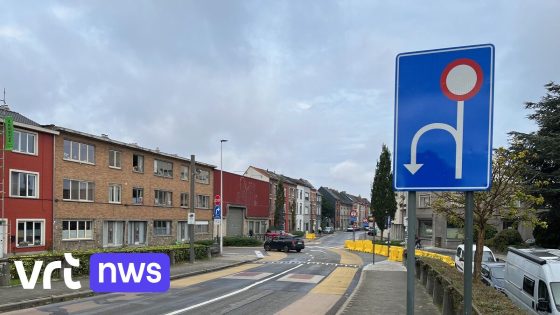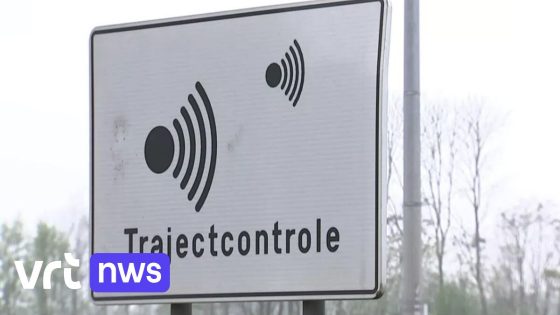On January 31, 2025, local business owners in Sint-Amandsberg voiced their concerns about the impact of the new circulation plan in Gentbrugge. Many reported significant drops in sales due to increased travel times for customers. Could this change be harming local businesses more than intended?
- One-way street reduces customer access.
- Sales decreased by 10 to 25 percent.
- Customers face long detours and traffic.
- Calls for reopening the bridge both ways.
- Increased demand for home delivery services.
- Losing customers impacts business sustainability.
Local Businesses Struggle Under New Circulation Plan: A Call for Change
How can a city improve traffic flow without hurting local shops? Business owners like Christophe Van Heuverzwyn from Astranova report that since the bridge became one-way, their revenues have dropped significantly. The lengthy detours discourage customers from visiting, prompting calls for reconsideration of the current traffic layout.
The Ripple Effect: How Traffic Changes Impact Local Economy
The circulation plan has created challenges not just for individual stores but also for the community’s economy as a whole. Increased travel distances lead to frustration among customers and suppliers alike. Here’s how it affects everyone:
- Longer travel times discourage customer visits.
- Increased delivery costs affect pricing strategies.
- Loss of loyal customers who prefer convenience.
- Potential job losses if businesses cannot sustain operations.
The Voices Behind the Numbers: Business Owners Speak Out
Bart Mandeville from EM Discount emphasizes the absurdity of having to navigate six to seven kilometers just to reach his store. Meanwhile, Luc Morel from Caves St-Amand notes an alarming trend—customers are increasingly opting for home deliveries instead of visiting his shop. What will happen if this continues?
A Community Response: Seeking Solutions Together
The community is now calling for discussions with city planners to explore alternatives that can benefit both residents and businesses. Shouldn’t urban development prioritize accessibility while supporting local commerce? Engaging citizens in these conversations could pave the way for better solutions that balance traffic efficiency with economic vitality.
The Future of Urban Planning: Lessons Learned from Gentbrugge
This situation serves as a crucial lesson in urban planning: changes must consider all stakeholders involved—especially small business owners who contribute significantly to local economies. As cities evolve, how can they ensure that progress does not come at the expense of their vibrant commercial sectors?
This ongoing dialogue between residents and city officials is essential for creating sustainable solutions that benefit everyone involved.
































